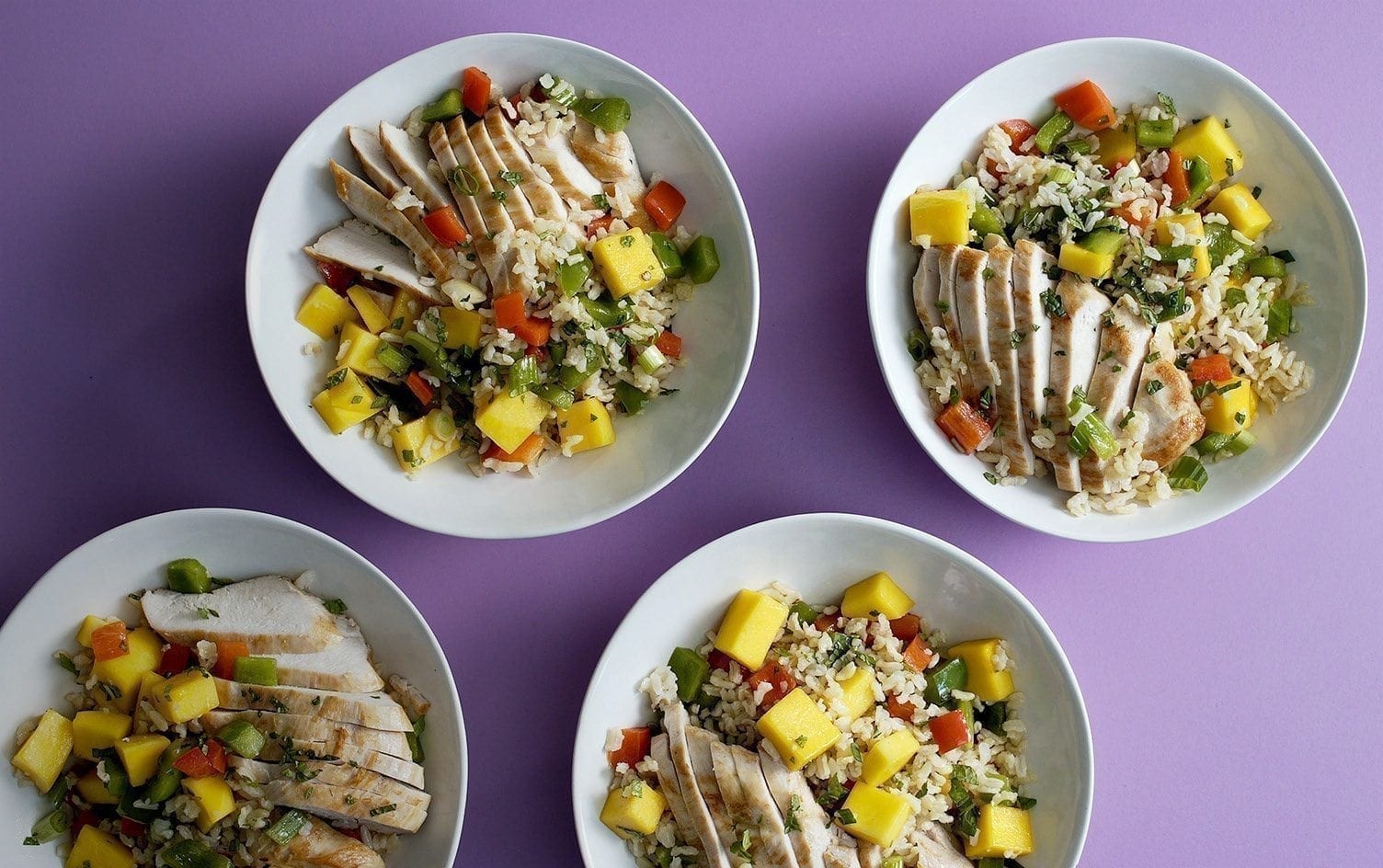High-intensity workouts are all the rage right now and with good reason. They rev your metabolism, help improve endurance and provide a high-calorie burn in a short amount of time. That’s probably why many exercisers opt to do high-intensity interval training (HIIT) several days per week, sometimes multiple days in a row.
HIIT is technically defined as repeated periods of high-intensity work, followed by periods of recovery. According to the ACSM, the high-intensity bouts are anywhere from 5 seconds to 8 minutes long and are performed at 80–95% of an exerciser’s maximum heart rate. The recovery periods also range in length, with the heart rate dropping to 40–50% of an exerciser’s max. Generally this goes on for 20–60 minutes, but for many people, 20 minutes is plenty. What’s more, research suggests people find it more enjoyable than slower cardio work.
If all of this is sounding pretty great, that’s because it is. But there’s one important caveat: Just as more exercise isn’t always better, more high-intensity exercise isn’t always better, either. In fact, doing too much HIIT can actually be counterproductive, experts say. Here’s why:
THE DOWNSIDES OF OVERDOING IT
While trainers agree HIIT is a useful tool in any workout regimen, there are some seriously compelling reasons you shouldn’t do it too often. “Performing too many HIIT workouts in a week would be like redlining your car every single time you went for a drive,” explains Chase Campbell, a certified strength and conditioning specialist, who works with the Indiana Fever and Butler Bulldogs on behalf of St. Vincent Sports Performance. “Something is bound to go wrong eventually.” Since HIIT is so intense, you need a longer rest period afterward, he says, and if you make a habit of not making time for recovery, it can cause some pretty major problems like chronic physiological stress, poor sleep quality, decreased performance and, worst of all, increased risk of injury.
Plus, the same mechanisms that make HIIT such a great workout start to work against you when you’re doing it too often. “HIIT and other forms of high-intensity training can be fantastic for the human body, as it puts you in a stress-induced state that acutely increases levels of certain hormones like testosterone, insulin, growth hormone, cortisol, adrenalin and others,” Campbell says. “In the right amounts, these hormones help us deal with physiological stress and can stimulate recovery, tissue remodeling, tissue growth and fat loss.”
So far so good, but here’s the problem: If you’re trying to lose weight, and you’re doing HIIT most days, you might want to rethink your workout routine, especially if you’re hitting a plateau. “Too much high-intensity exercise over an extended time period without adequate recovery will result in excessive levels of the stress hormone cortisol and can be detrimental to health by decreasing immunity, increasing muscle atrophy and encouraging fat synthesis and storage,” Campbell explains. So by working out too hard too often, you might encourage your body to hold onto fat and discourage it from building muscle.
READ MORE > THE ONE THING YOU CAN DO TO OPTIMIZE YOUR HIIT WORKOUT
IT’S ALL ABOUT BALANCE
How much HIIT should you be doing, exactly? Well, it depends on how many days per week you train and your individual fitness level, according to Campbell, but the average exerciser should keep it to 1–2 sessions per week. “Because of the higher intensity, it is important to fully recover from this type of workout and spread sessions out across the week, allowing at least 24 hours of rest and recovery in between.” That doesn’t mean you have to reduce the number of days you work out overall, though. “If you are working out 5–6 days a week, I would recommend lower-intensity aerobic sessions or moderate-intensity strength training as your primary workouts, depending on your training goals,” he says.
It’s also a good idea for HIIT-lovers to prioritize work on mobility and stability. “HIIT workouts usually include plyometrics, agility work and other fast-paced movements,” notes Raphael Konforti, National Director of Fitness for Youfit Health Clubs. “All those high-impact movements recruit the biggest muscles in your body but ignore a lot of the small stabilizers that keep your body running at full speed. Spending two days a week foam rolling, stretching and using movements that are isometric or challenge your balance is a non-negotiable.”
HOW LESS HIIT CAN IMPROVE YOUR FITNESS
Just as introducing a couple of days of HIIT into your workout routine can make you fitter, cutting down when you’re doing too much can have a similar effect. It may even improve your performance when you do the HIIT workouts you love. “Incorporating workouts that train lower heart rate zones will do more for your progress and recovery than you know,” Konforti says. You’ll remember that HIIT work intervals are usually done at 80% (or more) of your maximum heart rate. What most people forget is that while you recover between sets, your heart rate drops well below this. “If you want to speed up your recovery between sets to get more HIIT work in, you have to train at lower heart rates, around 60–70% of your max,” Konforti explains. When you do work in this lower heart rate zone, your body becomes more efficient at replenishing your muscles and gets a chance to recover, which can make it easier to work at a higher intensity. “Basically, you can’t get good at training at 90% if you can’t train effectively at 70% first.”




